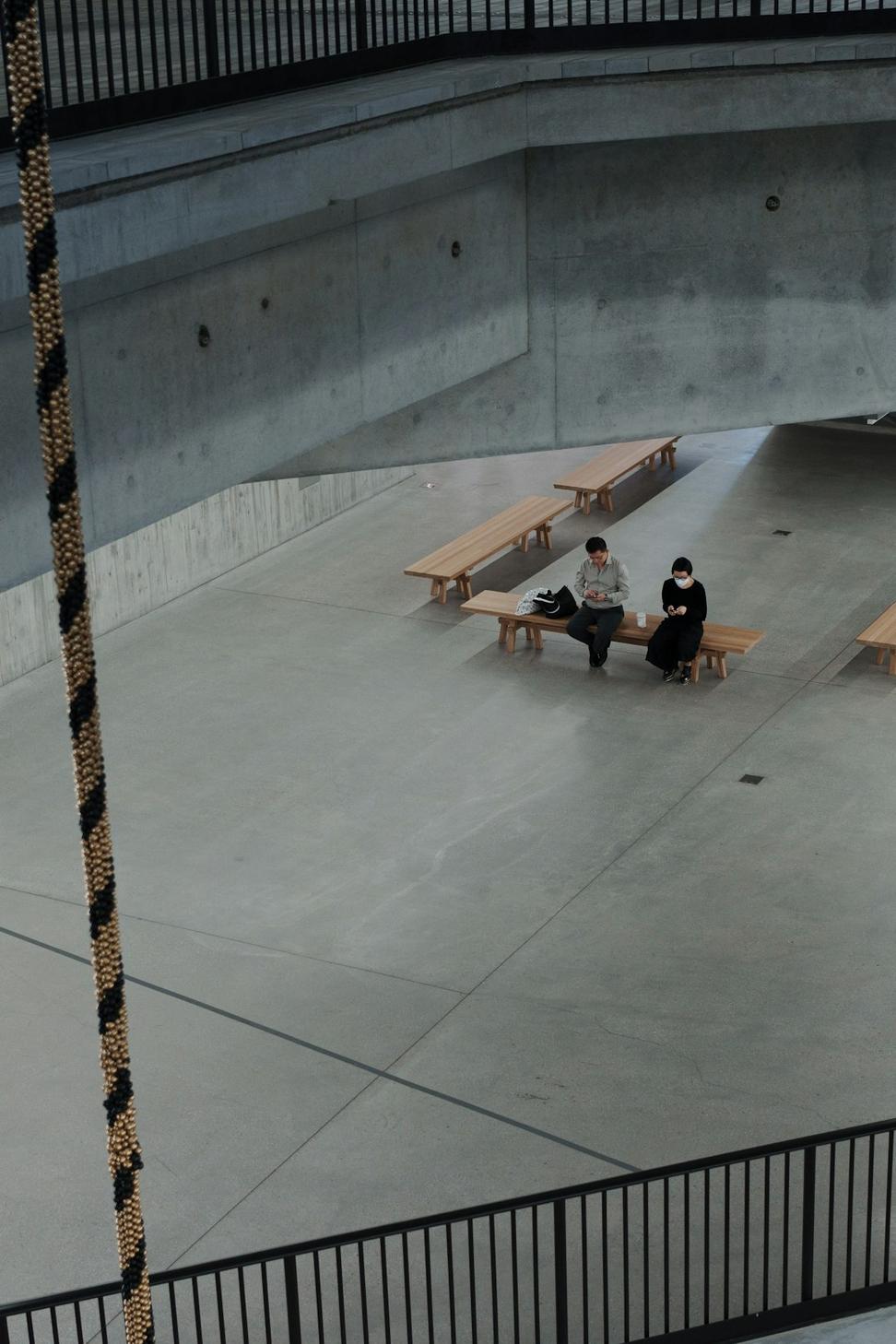Our Journey
The Start
Started in a cramped office above a coffee shop on Queen Street. Just three of us, a shared desk, and way too much ambition. We took on a small residential renovation that nobody else wanted - a narrow Victorian townhouse that seemed impossible to modernize. Spent nights sketching ideas until we cracked it.
Breaking Ground
Landed our first commercial project - converting an old warehouse in the Distillery District into mixed-use space. That's when we realized sustainable design wasn't just a nice-to-have, it was essential. The building taught us more than any textbook ever did.
Getting Serious
Moved to Bay Street and brought on our first junior architects. Started incorporating BIM into every project - yeah, we were a bit late to that party, but once we saw what it could do, there was no going back. Client presentations became way more honest and collaborative.
Heritage Work
Got invited to restore a 1920s theatre that was falling apart. Spent months researching original materials and techniques. That project changed how we think about preservation - it's not about freezing buildings in time, it's about giving them new life while respecting their stories.
Pandemic Pivot
COVID hit and we had to rethink everything. Turns out people actually wanted smaller, more efficient spaces that worked harder. We started obsessing over indoor air quality and flexible layouts. Some of our best ideas came from those weird Zoom calls with clients stuck at home.
Sustainability Focus
Committed fully to net-zero design targets. Not because it was trendy, but because clients kept asking harder questions about environmental impact. Started partnering with engineers who actually get excited about passive house standards. Now it's built into everything we do from day one.
Today
We're fifteen people now, working out of Suite 402 with a view of the city we're helping shape. Still have that same energy from the Queen Street days though - maybe just with better coffee. Every project still feels like we're figuring it out as we go, which honestly keeps things interesting.
The Team
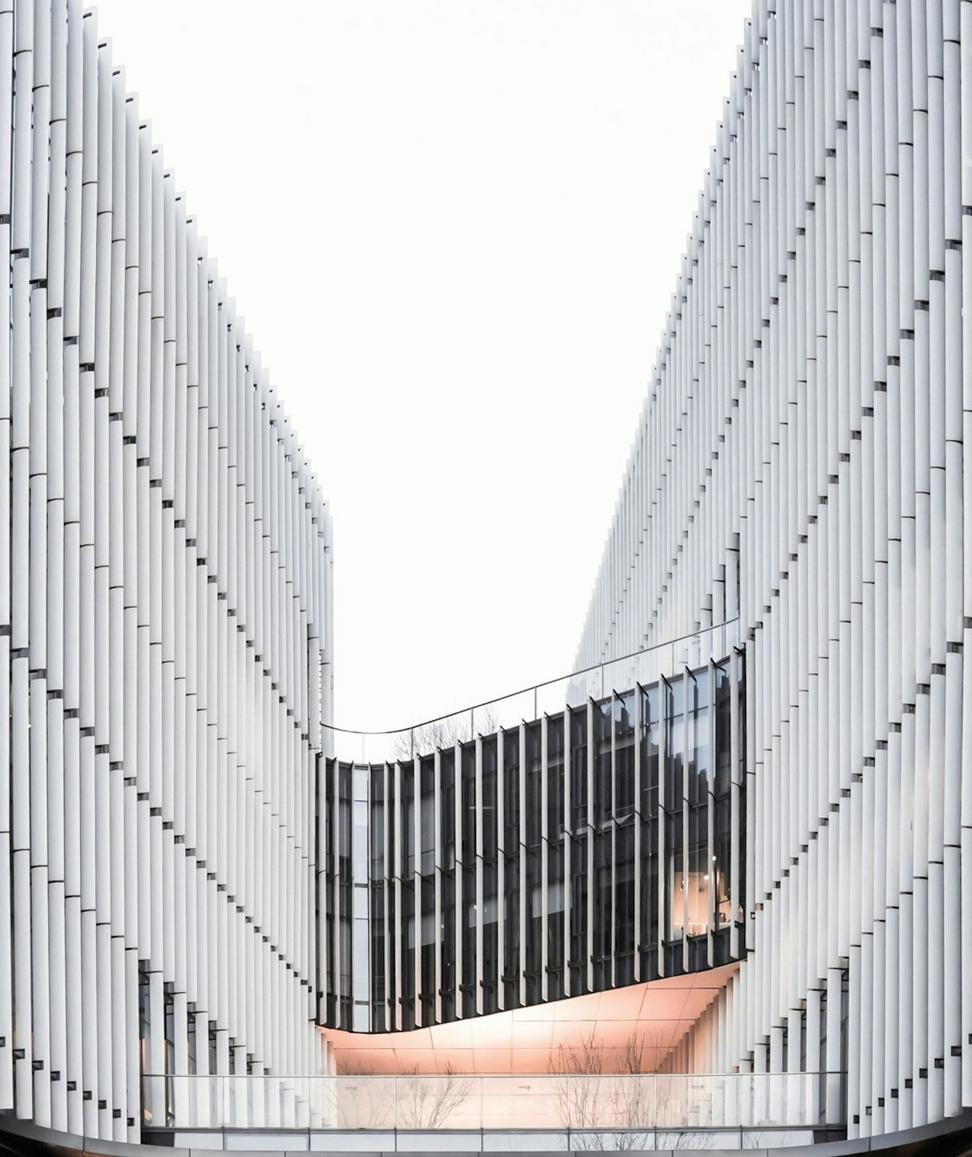
Started this whole thing after getting fed up with corporate architecture that looked good in magazines but didn't work for actual people. Used to spend weekends photographing old buildings around Toronto - still do, actually. Believes every space should tell a story, just hopefully not a boring one.
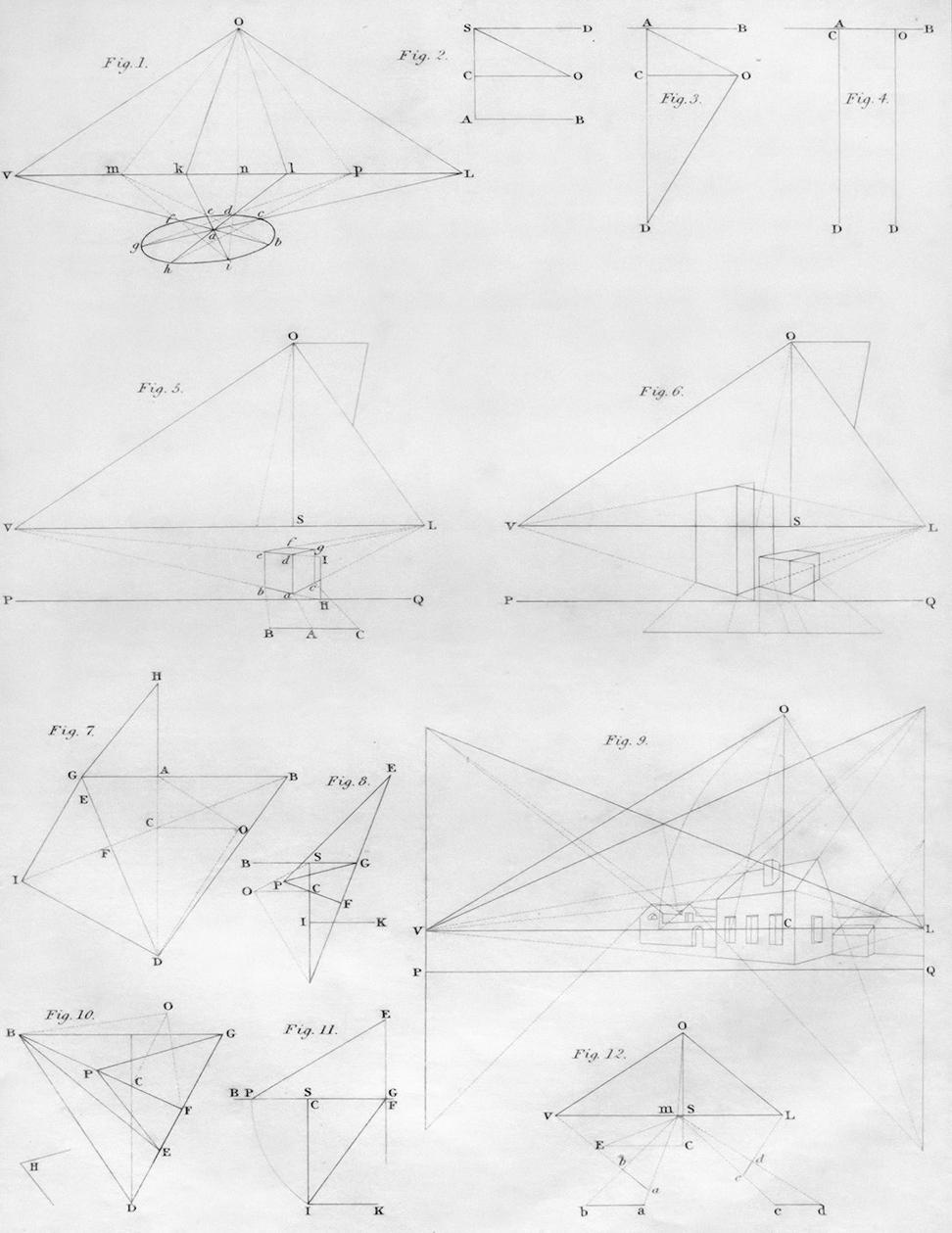
Joined us in year two after working on high-rises that all looked identical. Has this weird talent for seeing potential in spaces everyone else writes off. Gets into heated debates about window placement - and he's usually right. Moonlights as a furniture maker, which explains his obsession with details.

Former environmental engineer who got tired of fixing problems after the fact. Joined us to bake sustainability in from the start. She's the one who'll tell you exactly why your material choice is a terrible idea, but then suggest three better alternatives. Keeps a running list of every building material's carbon footprint - yeah, she's intense.
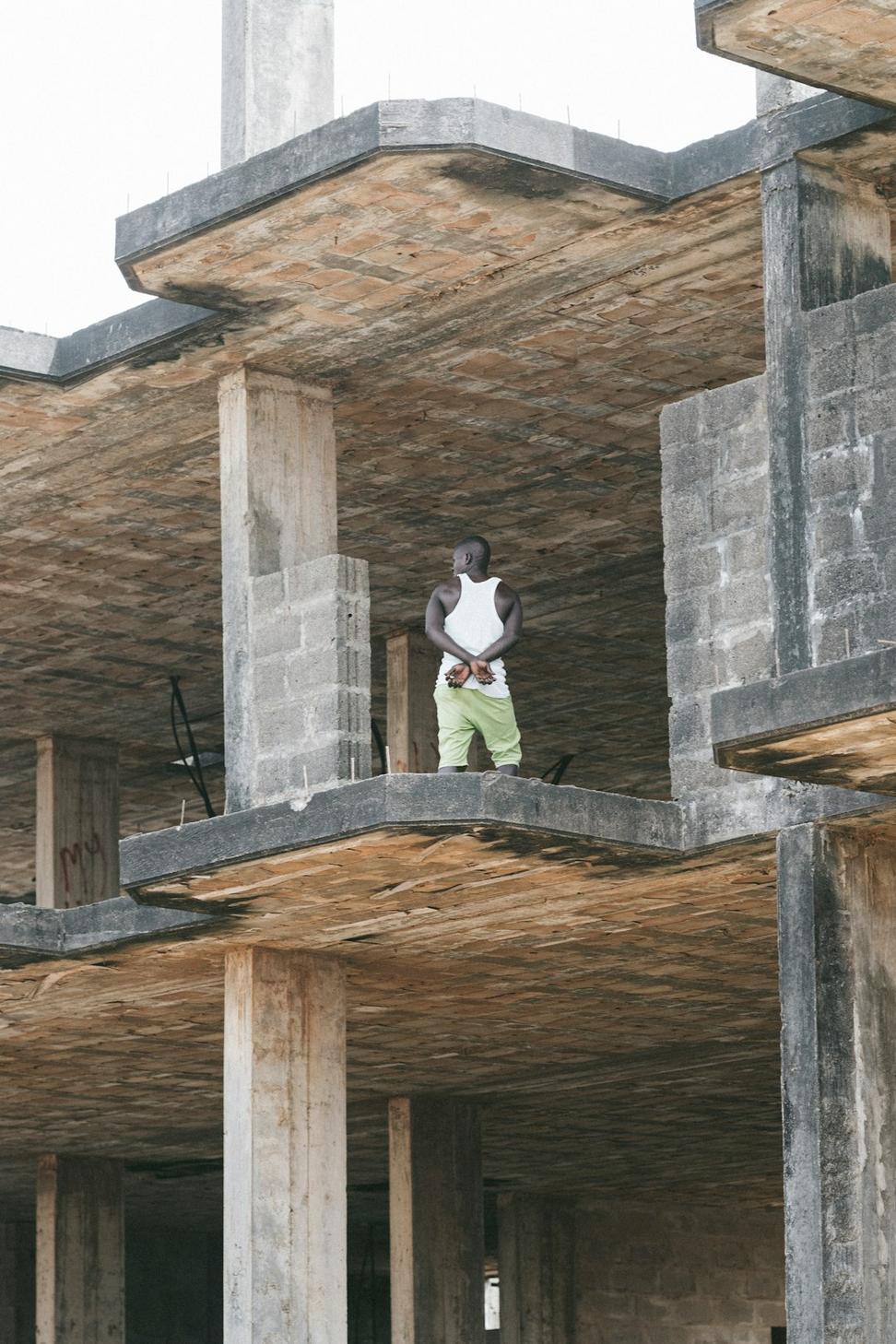
The guy who actually makes sure things happen on schedule and budget. Started as a site supervisor, so he knows every trick contractors try to pull. Has saved more projects from going sideways than anyone wants to admit. Somehow stays calm when everything's on fire - which in construction, is pretty often.
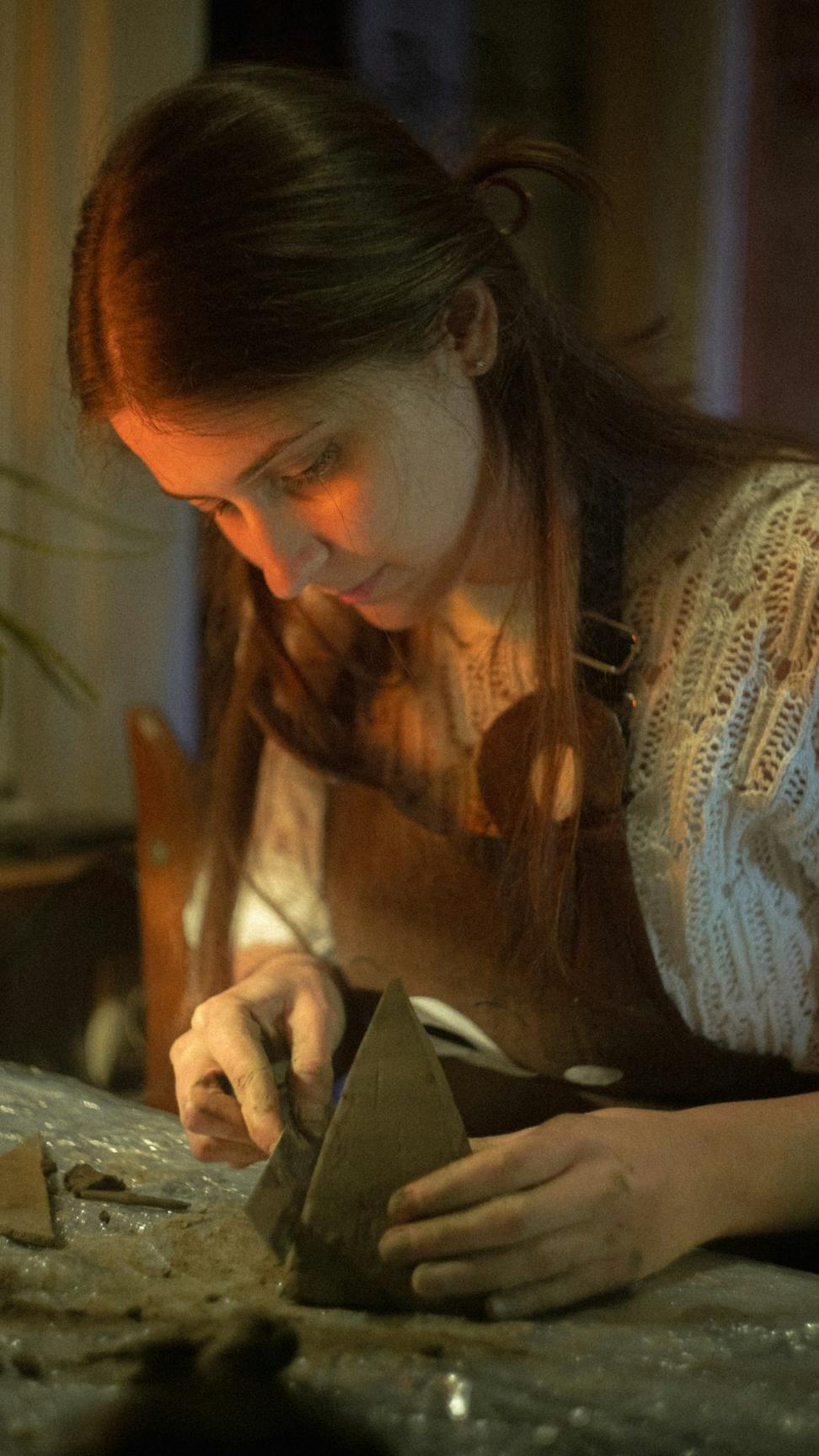
Converts our messy sketches into detailed 3D models that actually work. She's the reason we catch problems before they become expensive mistakes on site. Used to work in gaming graphics, which explains why our client presentations look so good. Still thinks we should add more dramatic lighting to everything.
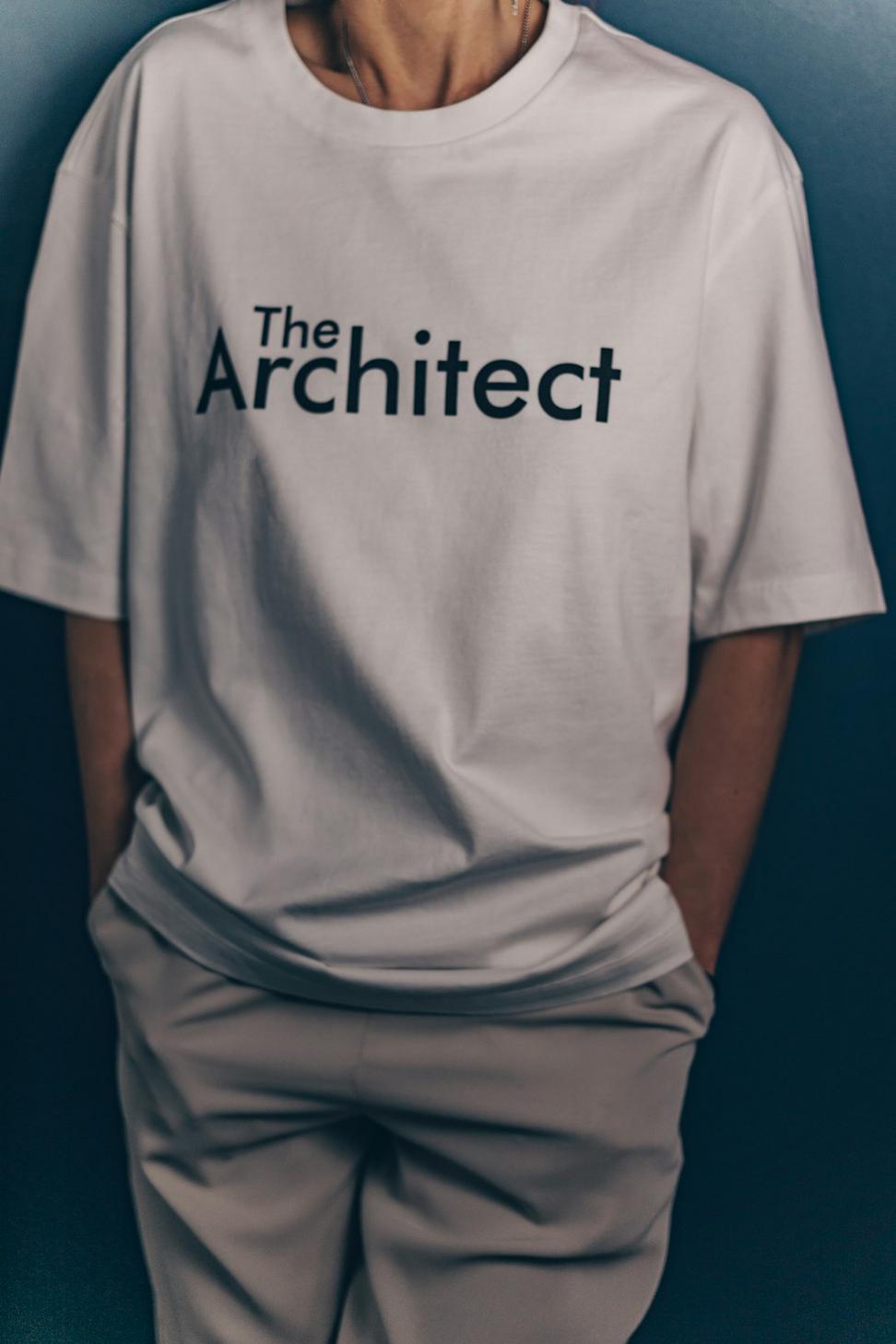
The history nerd of the group - and we mean that affectionately. Spent years working with historical societies before joining us. Can date a building by looking at the brickwork. Gets genuinely excited about original plaster techniques. His restoration work respects the past while making buildings actually functional for today.
